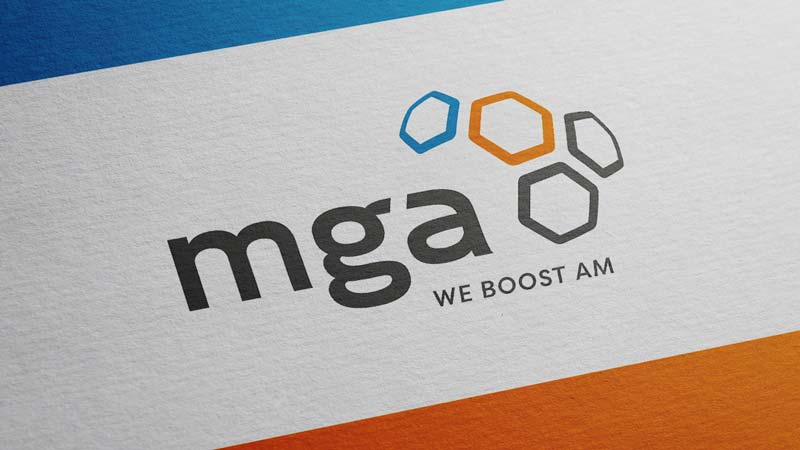- February 27, 2024Niedrigere Kosten, höhere Überlebensfähigkeit und schnellere Reparaturzeiten: Wir arbeiten gemeinsam daran, die additive Fertigung im Defense-Sektor zu stärken und unsere…
- February 27, 2024Lower costs, higher survivability, and faster repair times: we collaborate to strengthen AM in the Defense sector and secure our…
- June 29, 2023Größer, höher, stärker - die Konstruktion lässt andere 3D-Drucke relativ winzig erscheinen. Wir bei MGA freuen uns, Schichthöhen und Materialfluss…
- June 29, 2023Bigger, higher, stronger – construction makes other 3D prints look relatively tiny. We at MGA are happy to expand layer…
- April 29, 2022Introducing the revamped "Vehicles and Machines" working group, formerly known as Automotive. Our expanded focus includes automotive but also, commercial…
- March 2, 20223, 2, 1: Take Off! The topic of 3D printing is not only taking place on earth, but also already…
- February 25, 2022Additive Manufacturing as a technology has many advantages, one major one being the fact that the conventional supply chains are…
